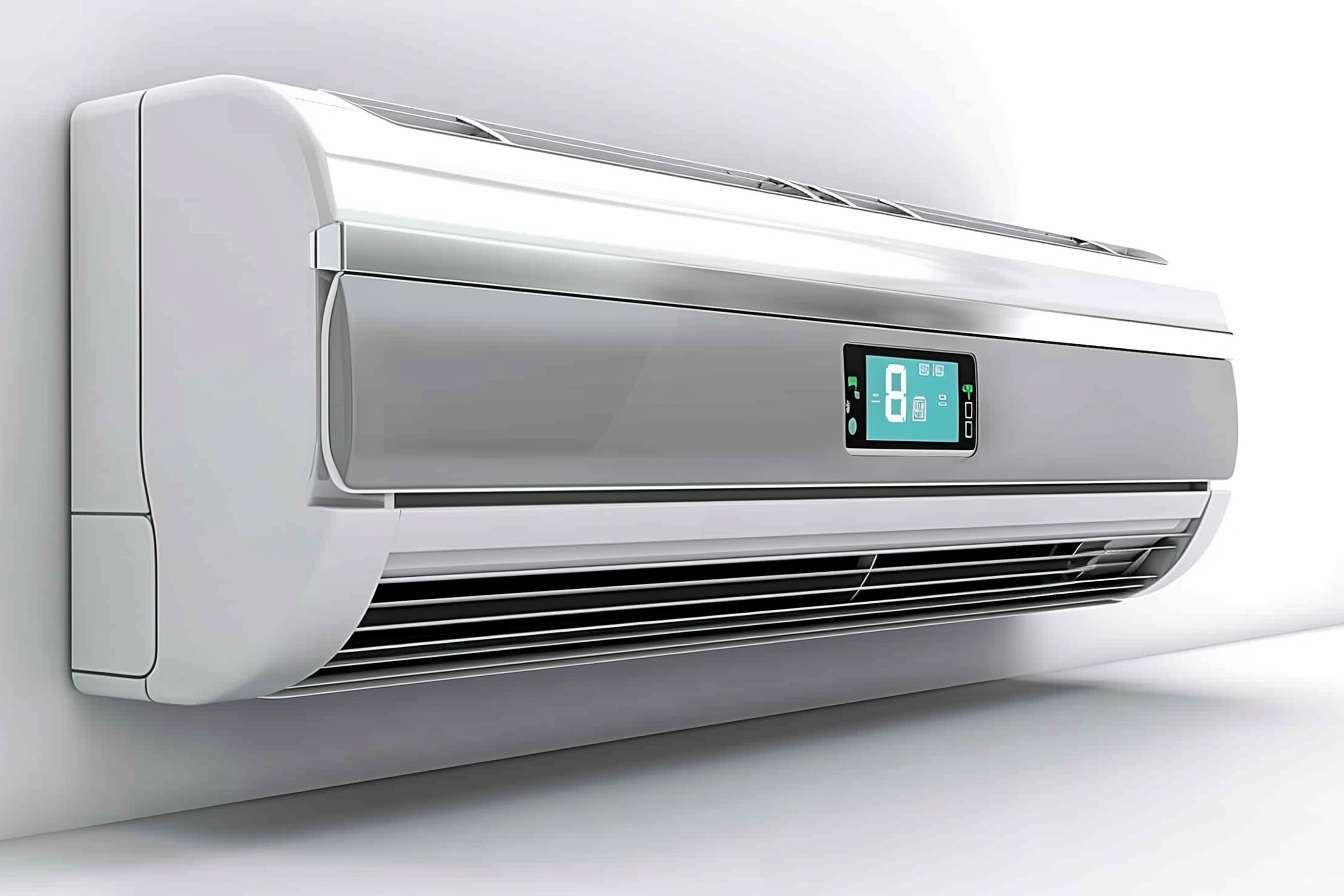Air Conditioning Essentials: Complete Guide for Homeowners
Finding the perfect air conditioning solution for your home involves more than just picking the first unit you see. With rising energy costs and varying room sizes, making an informed decision about your cooling system can significantly impact both your comfort and monthly expenses. Understanding the fundamentals of air conditioner selection, energy efficiency, and proper maintenance will help you create an optimal indoor environment while keeping costs manageable.

How To Choose The Right Air Conditioner For Your Room Size
Selecting an appropriately sized air conditioner is crucial for efficient cooling and energy savings. The key measurement is BTU (British Thermal Units), which indicates cooling capacity. A general rule suggests 20 BTUs per square foot for standard ceiling heights, but several factors influence this calculation.
Room characteristics significantly affect cooling requirements. High ceilings, large windows, poor insulation, or frequent door openings increase cooling demands. South-facing rooms or spaces with heat-generating appliances may need additional capacity. Climate also matters - areas with extreme heat and humidity require more powerful units.
For a 150-square-foot bedroom, a 5,000 BTU unit typically suffices. Medium rooms (250-400 square feet) work well with 8,000-10,000 BTU units, while larger spaces exceeding 500 square feet may need 12,000+ BTUs. Oversized units cycle on and off frequently, reducing efficiency and humidity control. Undersized units run continuously, struggling to maintain comfortable temperatures.
How To Reduce Electricity Bills With Smart Air Conditioner Use
Strategic air conditioner operation can substantially lower energy consumption without sacrificing comfort. Temperature settings play the most significant role in electricity usage. Each degree you raise the thermostat can reduce cooling costs by 6-8%. Setting your unit to 78°F when home and 85°F when away provides optimal efficiency.
Programmable thermostats and smart AC controllers automate temperature adjustments based on your schedule. These devices learn your patterns and can reduce energy consumption by 15-20% compared to manual operation. Many smart systems offer remote control through smartphone apps, allowing you to adjust settings before arriving home.
Complementary cooling strategies enhance efficiency. Ceiling fans allow you to raise thermostat settings by 3-4 degrees while maintaining comfort through air circulation. Closing blinds during peak sun hours reduces heat gain. Sealing air leaks around windows and doors prevents cooled air from escaping and warm air from entering.
Time-of-use electricity rates make timing important. Running air conditioners during off-peak hours when possible can reduce costs. Some utility companies offer rebates for smart thermostats or energy-efficient air conditioning units.
Maintenance Tips To Keep Your Air Conditioner Running Smoothly
Regular maintenance extends air conditioner lifespan and maintains peak efficiency. Clean or replace air filters monthly during heavy use periods. Dirty filters restrict airflow, forcing the system to work harder and consume more energy. Clogged filters can reduce efficiency by up to 15%.
Outdoor unit maintenance requires attention to the condenser coils and surrounding area. Remove debris, leaves, and vegetation within two feet of the unit. Dirty condenser coils reduce heat transfer efficiency. Professional cleaning annually or bi-annually maintains optimal performance.
Indoor unit care includes cleaning evaporator coils and checking drainage systems. Blocked drain lines can cause water damage and increase humidity levels. Inspect ductwork for leaks, which can account for 20-30% of energy loss in central air systems.
Professional maintenance should occur annually. Technicians check refrigerant levels, test electrical components, calibrate thermostats, and identify potential issues before they become costly repairs. Well-maintained systems operate 5-10% more efficiently than neglected units.
| Air Conditioner Type | Popular Brands | Typical Cost Range | Room Coverage |
|---|---|---|---|
| Window Unit (5,000-6,000 BTU) | LG, Frigidaire, GE | $150-$300 | 100-250 sq ft |
| Window Unit (8,000-12,000 BTU) | Friedrich, Haier, Midea | $250-$500 | 250-550 sq ft |
| Portable AC (8,000-14,000 BTU) | Black+Decker, Honeywell, Whynter | $300-$600 | 200-500 sq ft |
| Mini-Split System | Mitsubishi, Daikin, Fujitsu | $1,500-$4,000 | 500-1,500 sq ft |
Prices, rates, or cost estimates mentioned in this article are based on the latest available information but may change over time. Independent research is advised before making financial decisions.
Air conditioning costs extend beyond initial purchase prices. Energy efficiency ratings like SEER (Seasonal Energy Efficiency Ratio) and Energy Star certification indicate long-term operating costs. Higher efficiency units cost more upfront but provide significant savings over their 10-15 year lifespan. Installation costs for central air systems range from $3,000-$7,000, while window units require minimal installation expenses.
Seasonal Considerations and Long-term Planning
Seasonal preparation optimizes air conditioner performance throughout the year. Spring preparation includes filter changes, thermostat battery replacement, and professional tune-ups. Summer operation benefits from consistent temperature settings and regular filter monitoring.
Fall maintenance involves cleaning units thoroughly and covering outdoor equipment in harsh winter climates. Winter storage for portable or window units should include complete cleaning and moisture removal to prevent mold growth.
Long-term planning considers technology advances and energy efficiency improvements. Smart home integration continues expanding, offering enhanced control and monitoring capabilities. Heat pump technology provides both heating and cooling, potentially replacing separate systems in moderate climates.
Proper air conditioning selection, operation, and maintenance create comfortable indoor environments while managing energy costs effectively. Understanding your specific needs, implementing smart usage strategies, and maintaining equipment properly ensures optimal performance for years to come. These investments in knowledge and upkeep pay dividends through reduced energy bills, extended equipment life, and consistent comfort throughout the cooling season.




